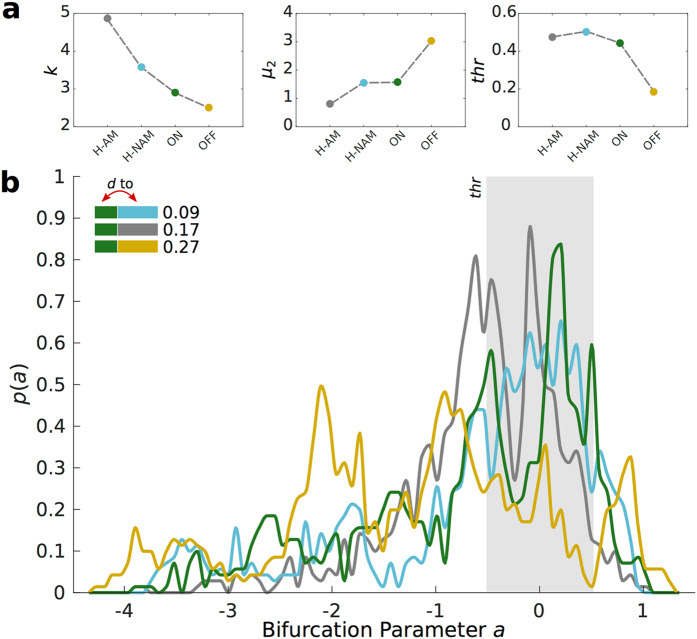Deep brain stimulation, or DBS, has relieved the symptoms of more than 150,000 patients suffering from Parkinson’s disease. However, the functional mechanisms of this treatment have not yet been clarified. Now, thanks to the recent efforts of an international group of researchers, these mechanisms have been published in Scientific Reports.
The research was designed and conducted by Victor Saenger and Gustavo Deco, of the Center for Brain and Cognition ( CBC) at Universitat Pompeu Fabra, and Morten Kringelbach, University of Oxford. The results show that using DBS in the subthalamic nucleus in patients with Parkinson’s disease balances global brain dynamics.
In the study, the researchers measured brain activity using Functional Magnetic Resonance imaging in ten patients with Parkinson’s disease before and during DBS treatment. Through large scale mathematical models of the brain they have shown the global effects created by such stimulation. Artificial stimulation has also been applied in a simulated brain exposing the brain regions that show greatest treatment efficacy.
“This method helps us to understand what regions are responsible for changing the brain activity of patients with Parkinson’s disease to the type of activity found in healthy persons. It is the first study to show that DBS treatment, despite being localized, has a global effect”, states Victor Saenger, of the Center for Brain and Cognition at UPF and first author of the article. He adds that “this method allows us also to understand why DBS treatment is so effective. Now we can find more effective stimulation regions without the need for clinical interventions”.
According to Morten Kringelbach of the University of Oxford, “the perspective of this study shows that we are now able to use computational models of brain activity to simulate the effects of brain stimulation and thus predict the result. In the long term, we hope to use these methods to make personalized interventions to achieve individual benefits”. However, he warns that “it is very important to consider the risks and ethical aspects of using something as invasive as the DBS method”.
References
